Business & Finance
Government Workflow Automation for Smarter Invoice Management

Introduction
Government agencies handle hundreds—sometimes thousands—of invoices every month. From paying vendors and contractors to managing public project expenses, invoice handling is a critical task. But when done manually, it often leads to errors, missed deadlines, and compliance risks. This is where government workflow automation comes in. Combined with efficient invoice management, it can help public sector departments streamline processes, save time, and reduce paperwork.
In this blog, we’ll explore how automation can transform invoice processing in government organizations. We’ll cover the current challenges, the benefits of automated systems, and how they help achieve better control and accountability in public spending.
Why Manual Invoice Management Doesn’t Work in Government
Many government departments still rely on paper-based or email-based invoice systems. While this may seem manageable at first, problems start appearing as the volume of invoices increases or when multiple departments are involved.
Common issues include:
- Slow approvals due to multiple sign-offs across departments
- Lost or misplaced invoices leading to delayed or missed payments
- Manual errors in data entry and tracking
- Lack of transparency in who approved what and when
- Difficulty in audits and reporting
These issues can affect vendor relationships, disrupt budgeting, and damage public trust.
What Is Government Workflow Automation?
Government workflow automation uses digital tools to manage and automate everyday processes like invoice approvals, document routing, and task tracking. Instead of relying on people to forward emails or fill out spreadsheets, the system follows pre-defined rules to move invoices through each stage of processing.
For example, once an invoice is received, it can automatically be routed to the finance department, then to the department head for approval, and finally to accounting for payment—without any manual follow-up.
Benefits of Automating Invoice Management in Government
1. Faster Approvals
With automation, invoices no longer sit on desks or get buried in inboxes. The system instantly routes them to the right person. If approvals are delayed, reminders are sent automatically. This helps departments meet payment deadlines and avoid penalties.
2. Improved Accuracy
Invoice data is captured digitally, often using OCR (Optical Character Recognition). This reduces the chances of human error from manual data entry. Matching invoices with purchase orders and contracts becomes much easier.
3. Better Budget Control
Finance teams can track every invoice in real time. They know which invoices are pending, approved, or paid. This visibility helps with accurate budgeting and prevents duplicate or unauthorized payments.
4. Clear Audit Trails
In public sector finance, audits are a regular part of operations. Automated invoice systems record every action—who approved an invoice, when it was paid, and what budget it was linked to. This creates a transparent audit trail, making reporting and compliance easier.
5. Policy Enforcement
Government agencies have strict rules for spending and approvals. Workflow automation ensures that no step is skipped and all policies are followed. For example, invoices above a certain amount can be routed for senior-level approval.
6. Vendor Satisfaction
Vendors working with the government expect timely payments. Delayed or lost invoices can lead to complaints or strained relationships. Automation ensures that invoices are processed on time, improving trust and cooperation.
How Automation Works in Real Government Settings
Let’s look at a simple example:
- Invoice Submission: A vendor submits an invoice through an online portal or email.
- Data Capture: The system extracts invoice details and checks for duplicates.
- Validation: The invoice is matched with a purchase order or contract.
- Routing: Based on value and department, the invoice is sent to the right people for approval.
- Notifications: Approvers receive alerts and reminders to take action.
- Final Approval and Payment: Once approved, the invoice is sent to the accounting team for payment processing.
All of this happens with minimal human effort and zero paperwork.
Why Government Agencies Should Make the Switch
The public expects government services to be efficient, transparent, and accountable. By automating invoice workflows, agencies can achieve all three goals. They can reduce the time and cost of processing invoices, increase visibility into public spending, and eliminate the risk of fraud or mismanagement.
Automation also helps departments work better together. With centralized data and automated routing, departments can coordinate approvals faster and with fewer back-and-forth emails.
Most importantly, digital workflows make governments future-ready. As remote work, e-governance, and digital payments become the norm, automated invoice systems provide the foundation for scalable and modern financial operations.
Conclusion
Government workflow automation is no longer just a tech upgrade—it’s a necessity for modern public administration. When combined with smart invoice management, it helps departments process payments quickly, reduce errors, and stay compliant with financial rules.
By moving away from paper-based systems and adopting automation, government agencies can save time, cut costs, and build stronger relationships with vendors. Most importantly, they can ensure transparency and accountability in public spending.
If your department is still relying on manual invoice processing, now is the time to modernize. Automation makes the entire process easier, faster, and more reliable.















